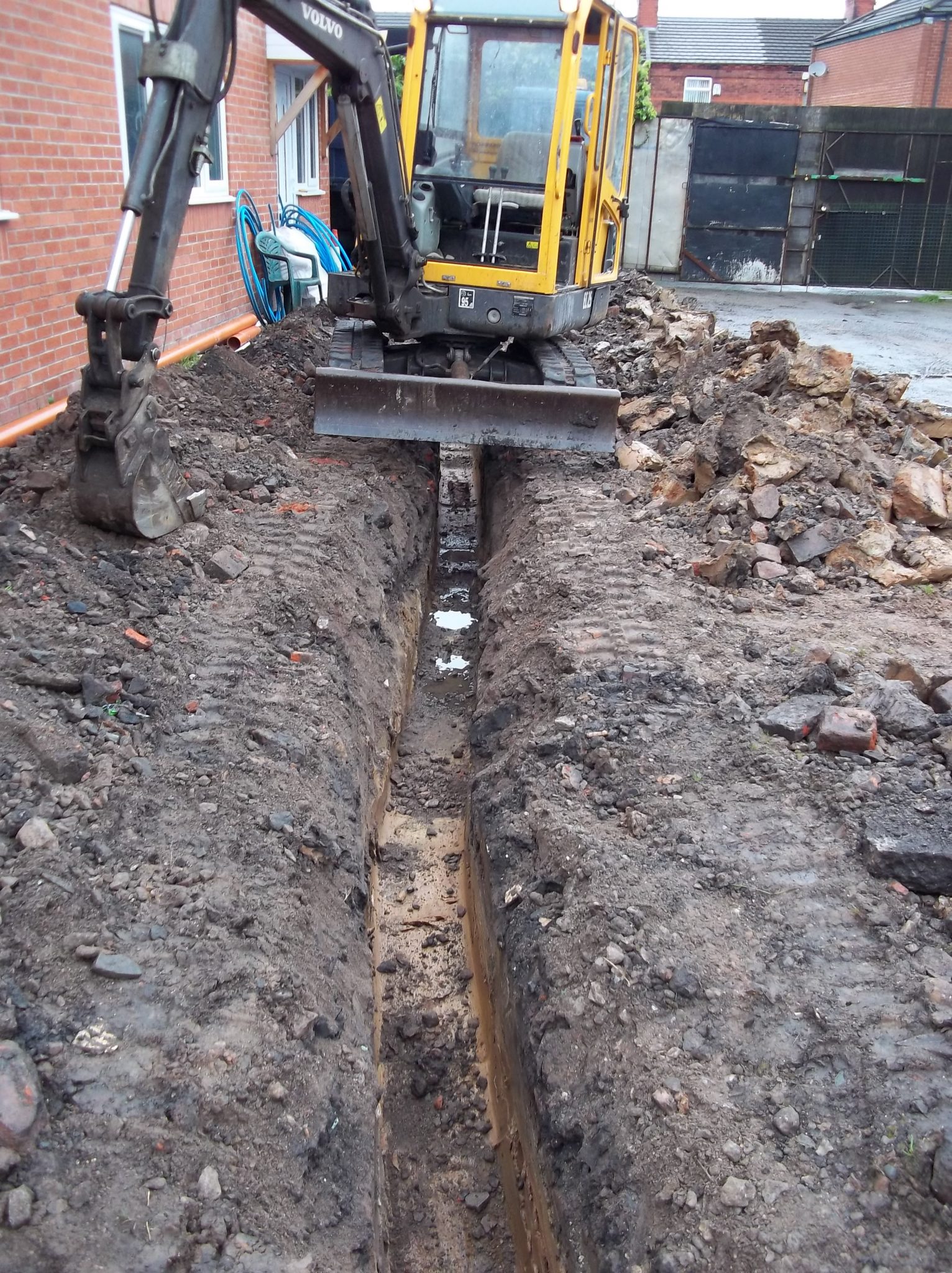Whether you’re decorating your yard or re-doing the driveway, it can be extremely valuable to know the best ways to lay block paving. By taking the DIY strategy, you could produce precisely what you desire and save yourself a fair amount of money– something your bank balance will most likely thank you for. All you have to do is obtain the right tools and read this guide.
How Will Your Paving Look?
The very first step is to determine exactly how you desire your block paving to look. If you’re changing old paving, what didn’t you like regarding it? What enhancements could you make? You should think of the general shape, useful elements (such as dimension) and pattern of the bricks. It’s likewise a smart idea to consider exactly what colour bricks will well go with your house– you don’t want anything to clash.
Dig It Up
Next off, you’re going to want to prepare the site. Define a location and dig it out, ensuring to dig far enough down to make sure that your paving will be despite having the surrounding surface area. For this, you must make use of plant tools such as a miniature excavator or a JCB.
Create The Sub-base
Create a sub-base to develop the structures of your block paving. Your sub-base needs to be at least 100mm thick, and it can be a great idea to place it over a layer of weed-fabric, to stop weeds from expanding with your sidewalk. Finish your sub-base by going over it with a vibrating place. This will certainly squash it down and level it.
Edge Restraints For Your Block Paving
Place edge restrictions down to mark out the side of your paving. They ought to be firm and also helpful as the outer area is the weakest part of the paving. They will also function as a guide for the shape of your block paving.
Start Screeding
Next, you’ll need to screed the area, contributing to the structures and making a rank surface area for the paving to sit on. Place about 50mm of slightly moist sharp sand down and make use of a vibrating plate again to smooth and set. After that put down a 2nd layer, just the same as the first. www.eks-construction.co.uk
Laying Your Block Paving
Lastly, you can begin putting down your bricks. For the very best surface, begin at the bottom of a slope and go up. The joints of the bricks should overlap– similar to in a wall surface– so you’ll be entrusted spaces that you’ll need to fill in with cuts of brick. As soon as your block paving is down and all the brick are appropriately positioned, sweep some kiln dried out sand over the surface. This will certainly load the gaps in between the joints.
See, not too tricky! Block paving is in fact very very easy, and could provide you superb outcomes if done right. When you’ve finished, take your time to unwind and admire all your effort- you deserve it!

